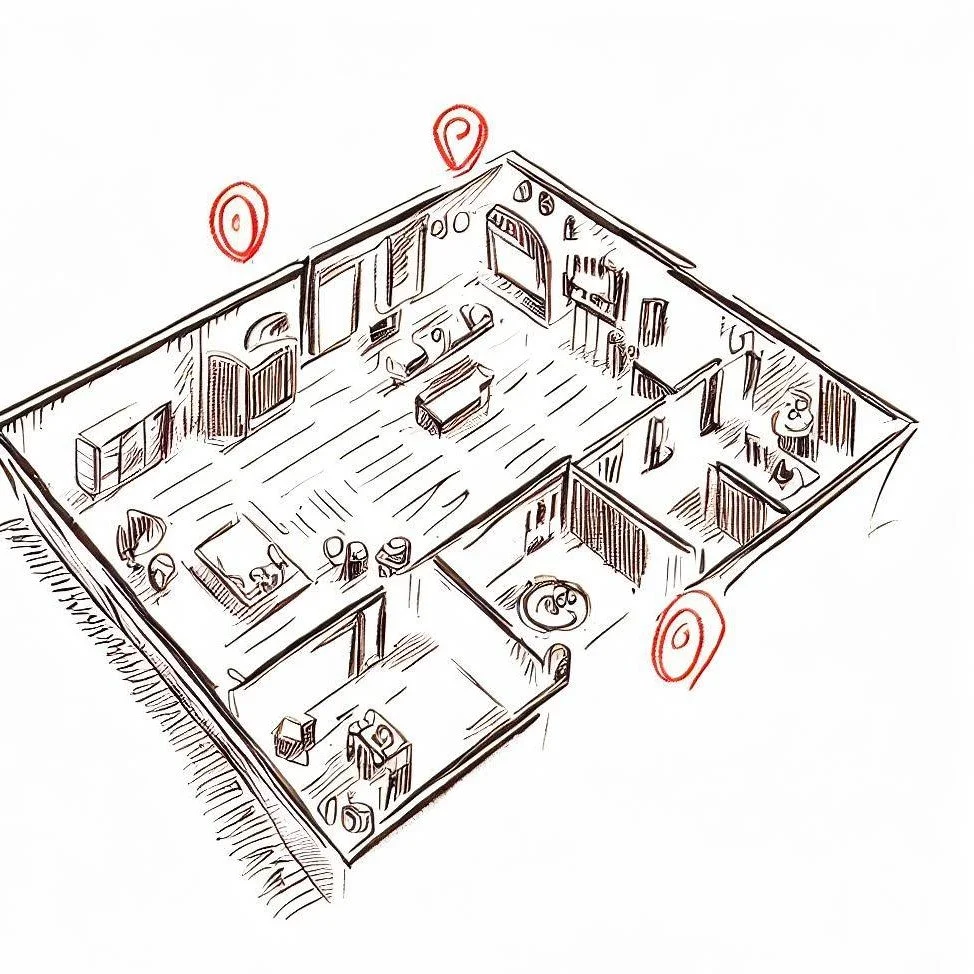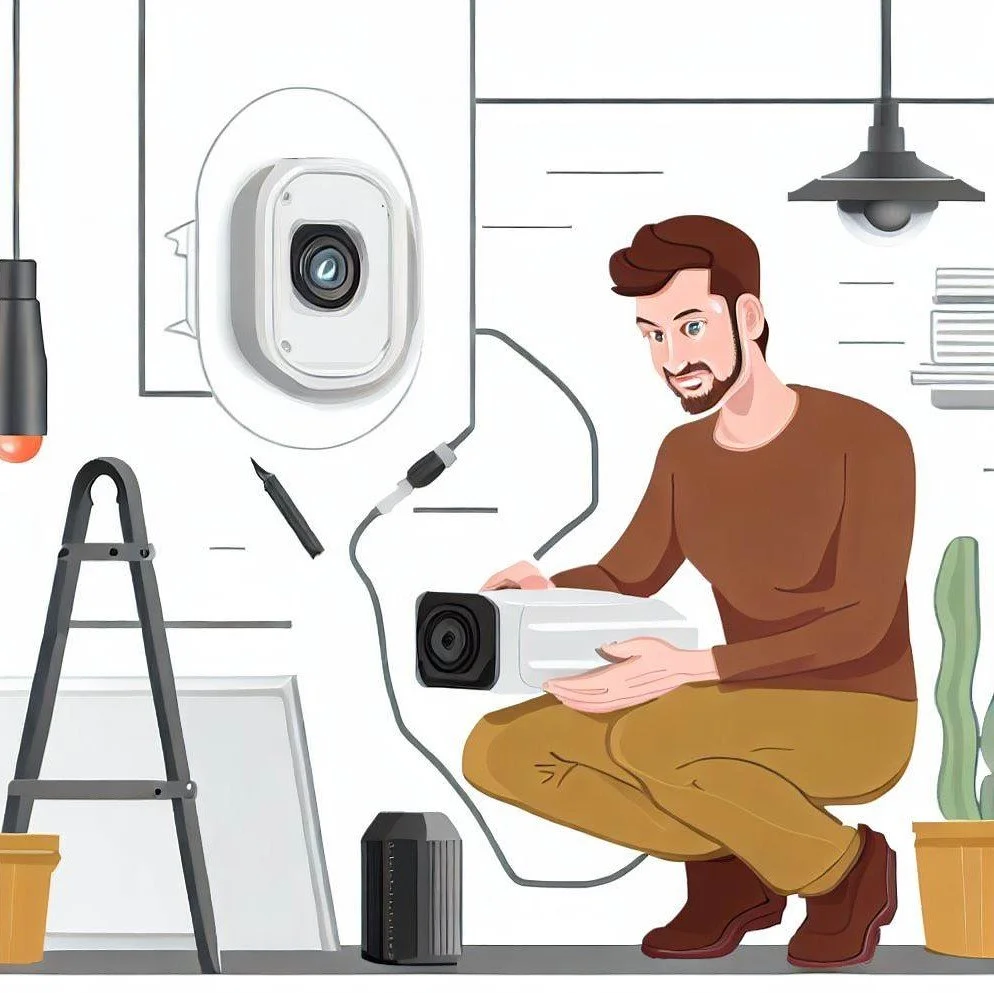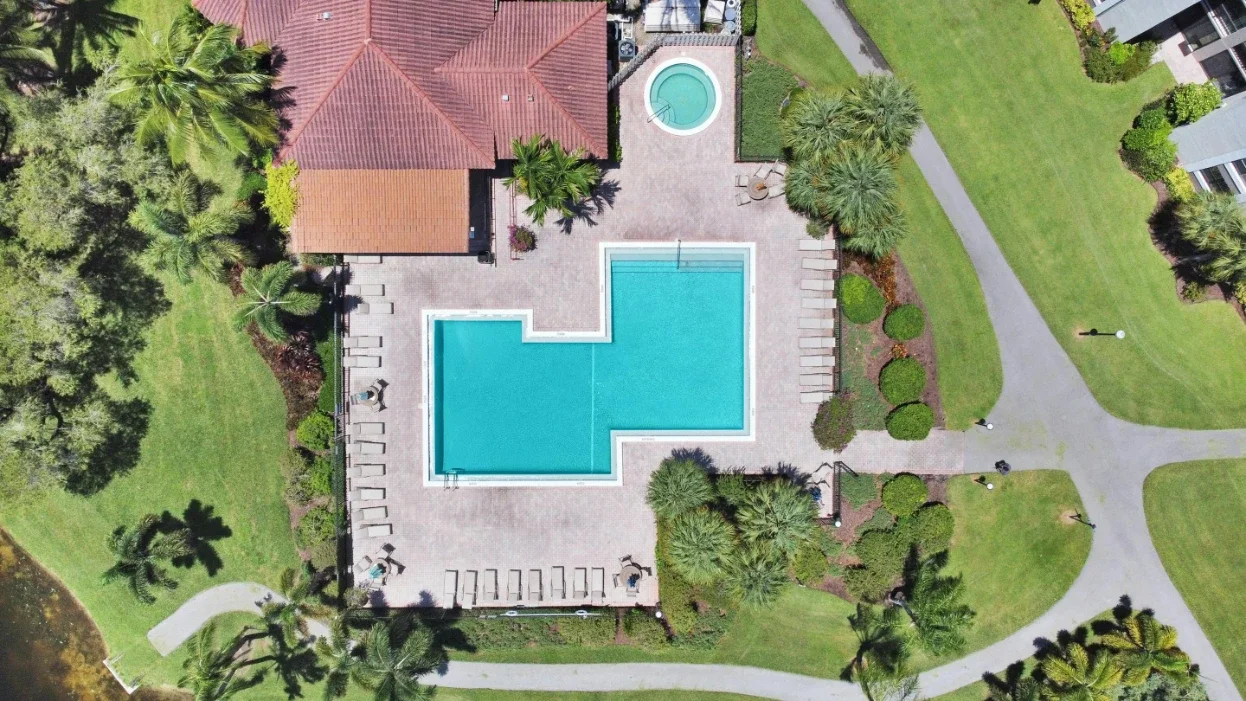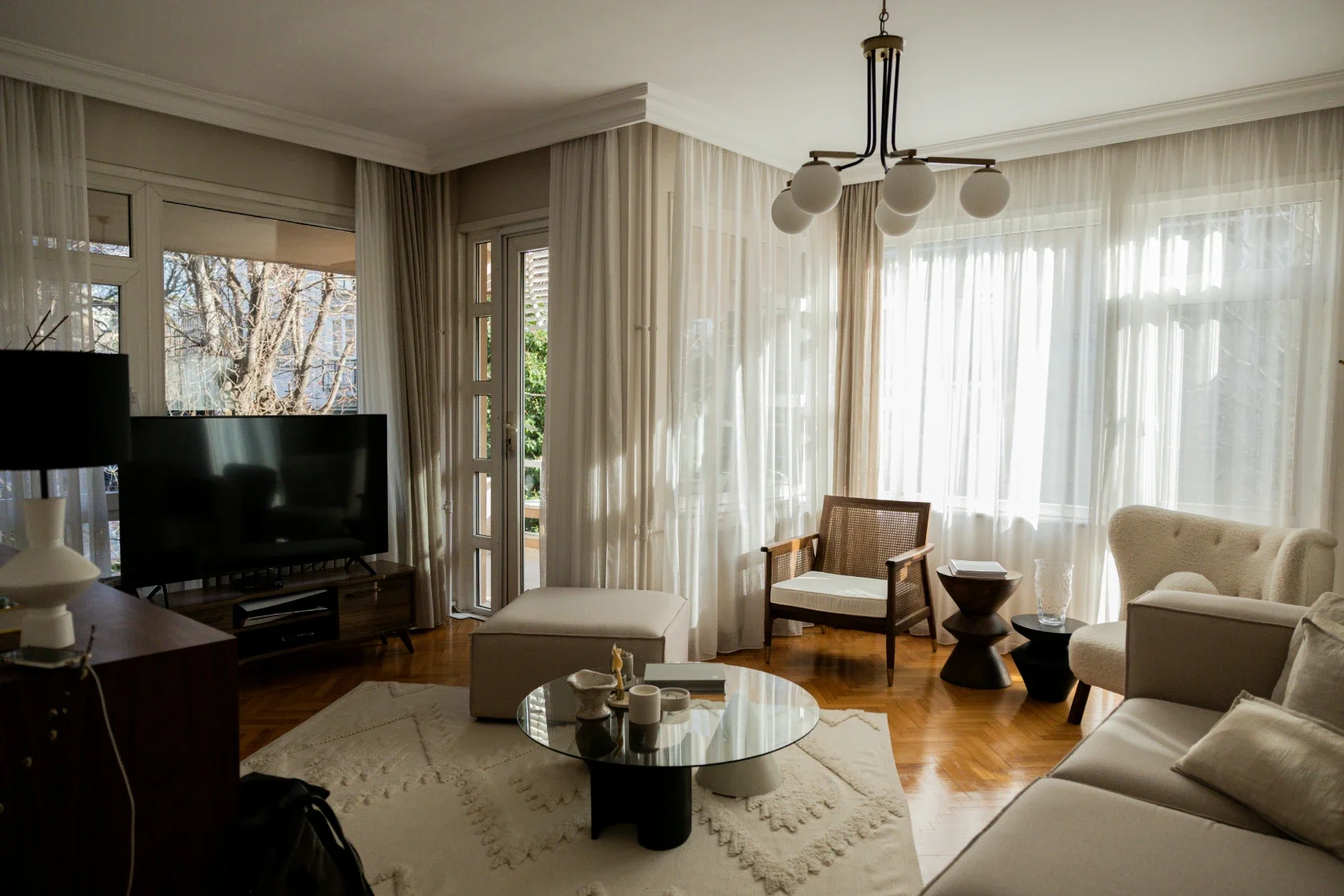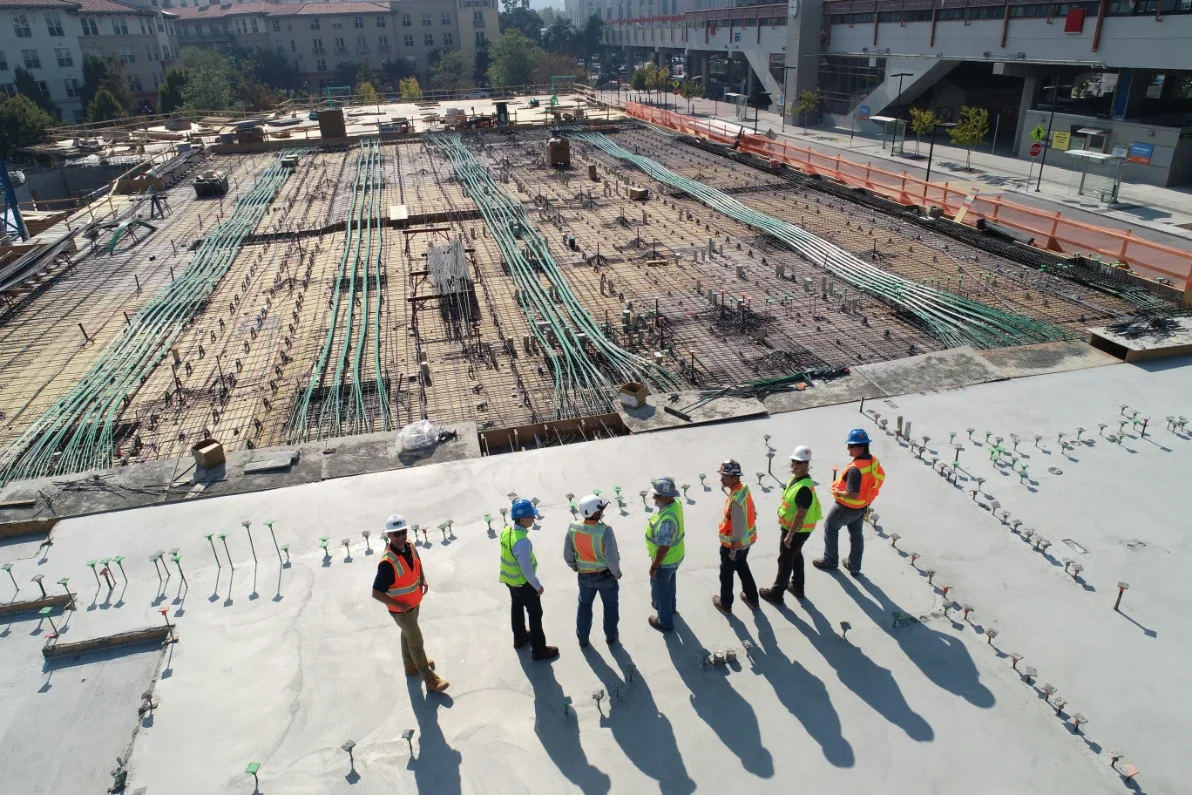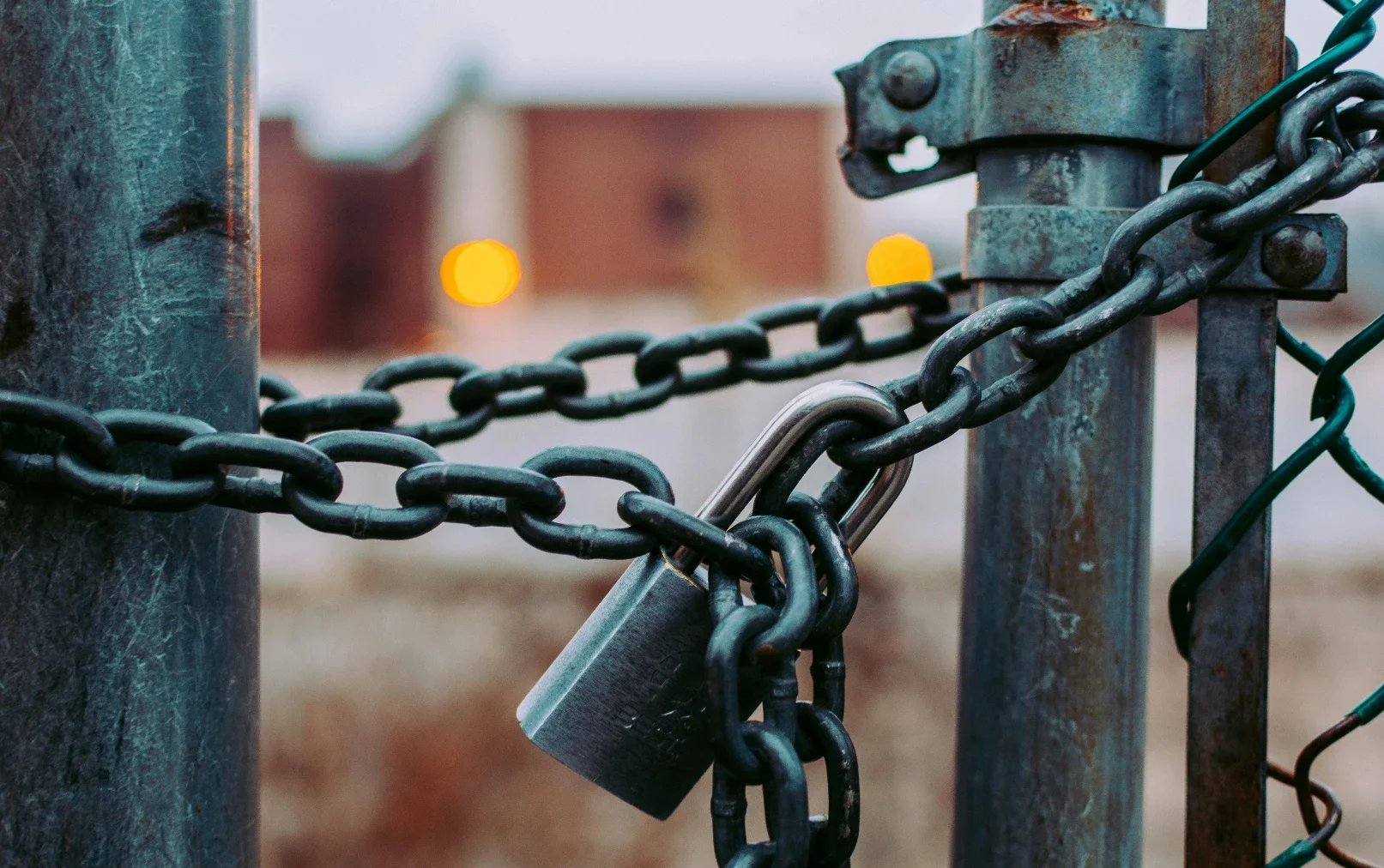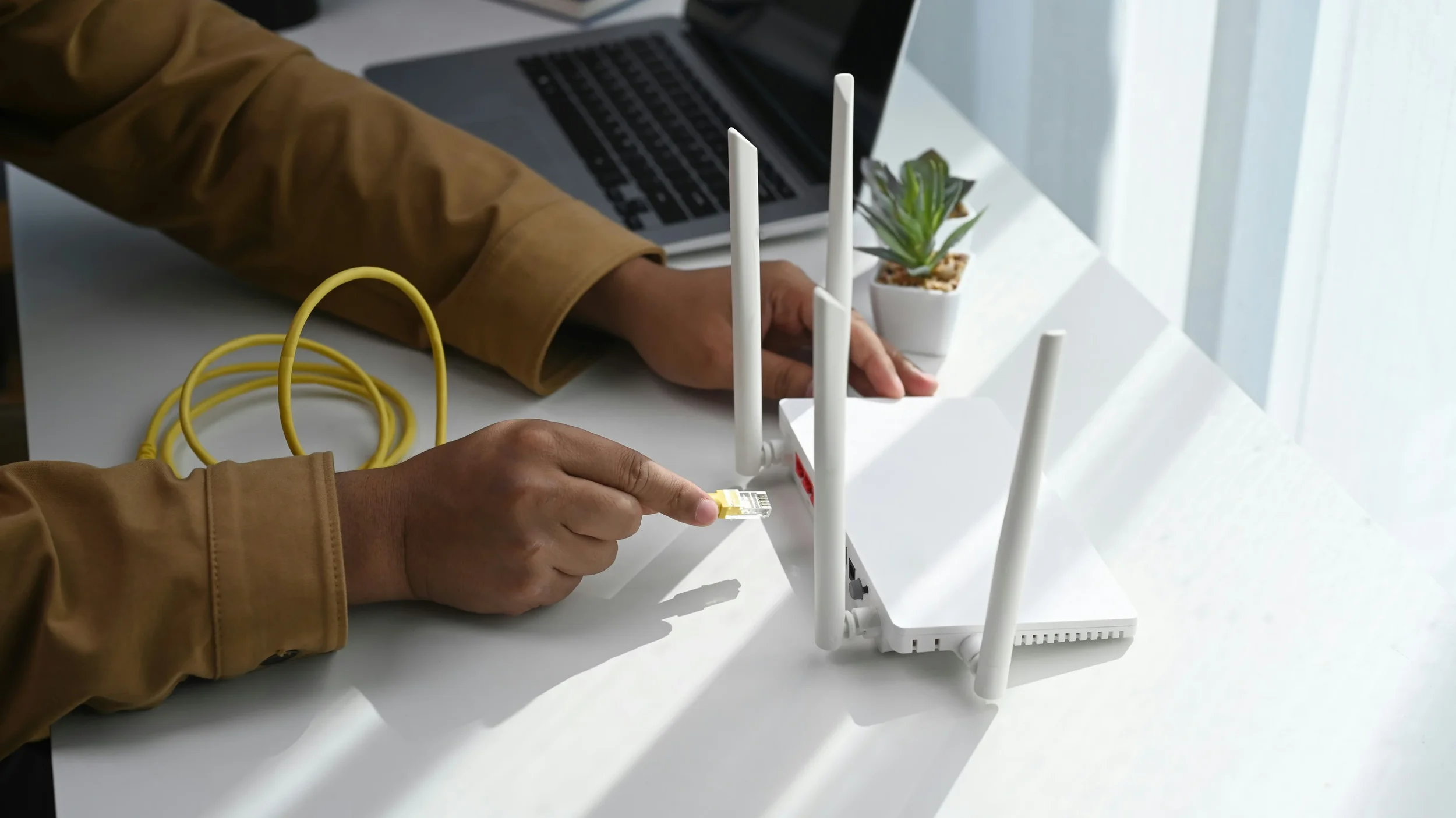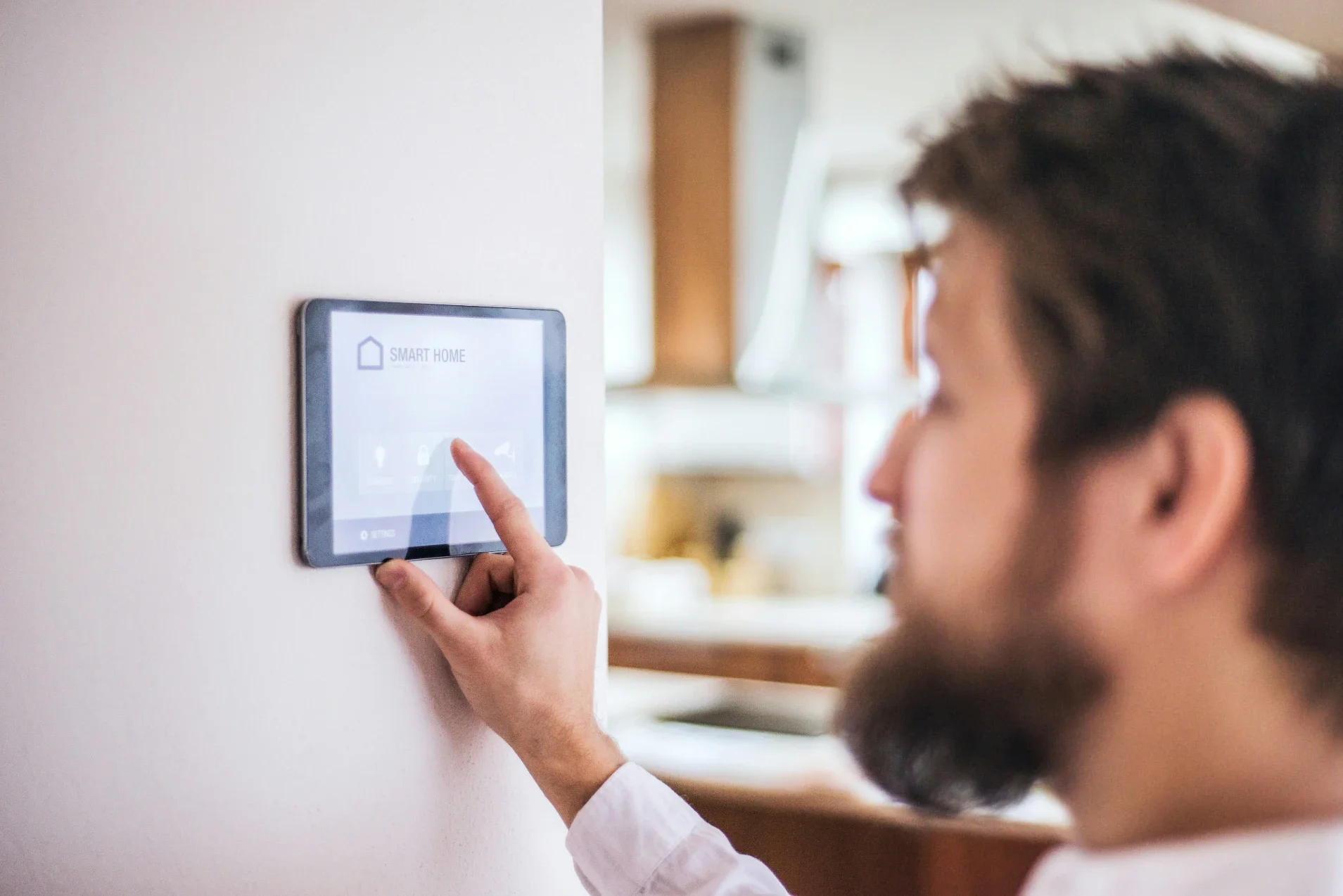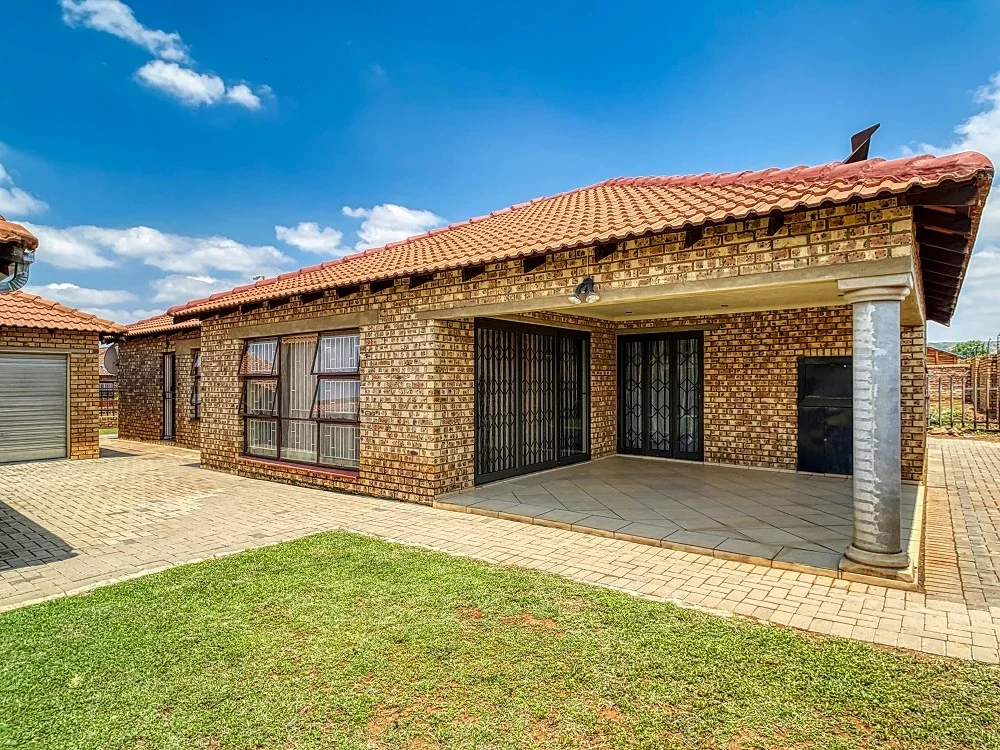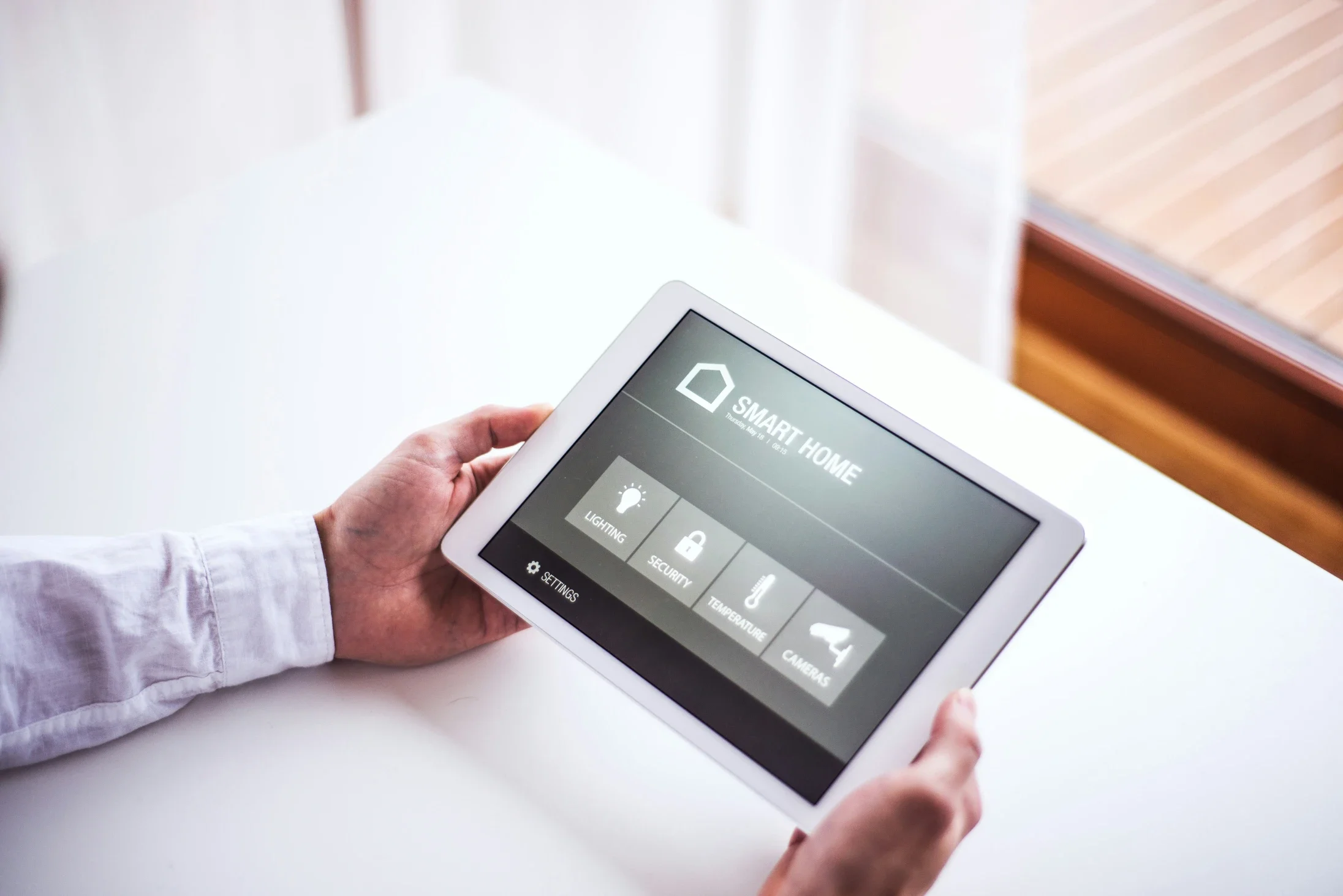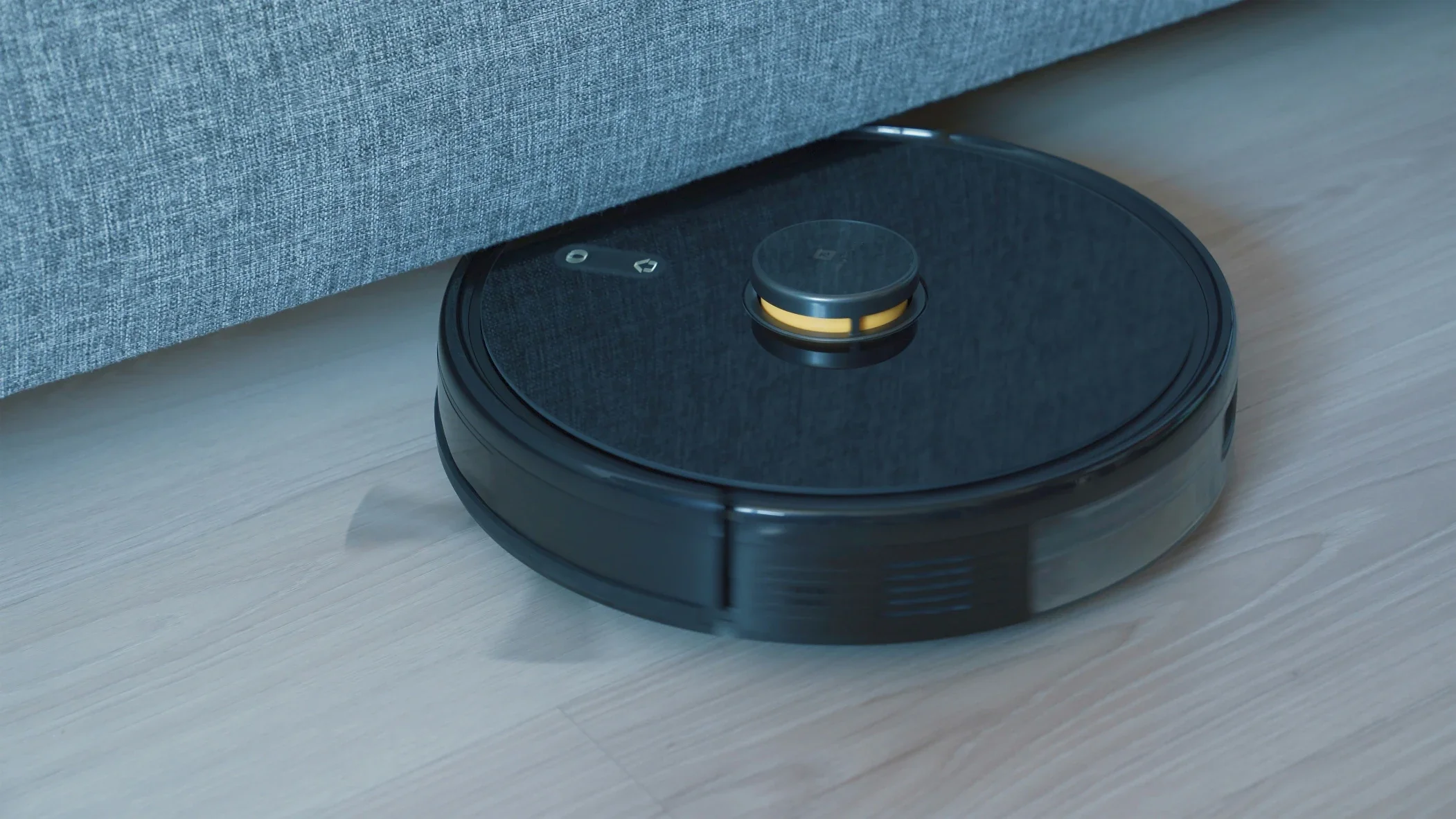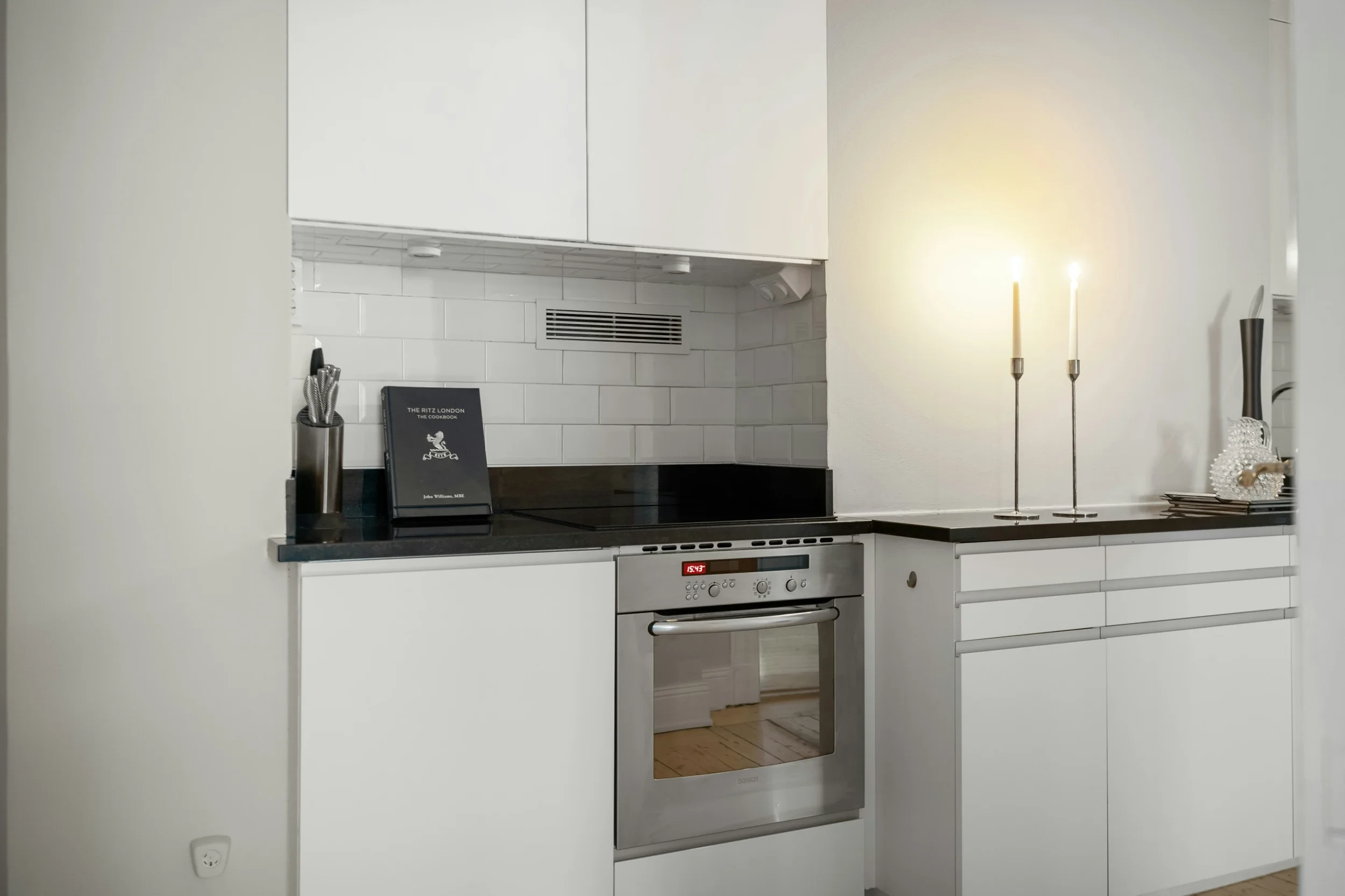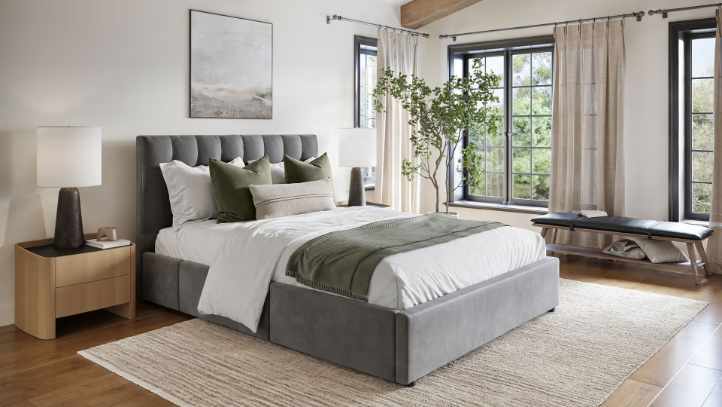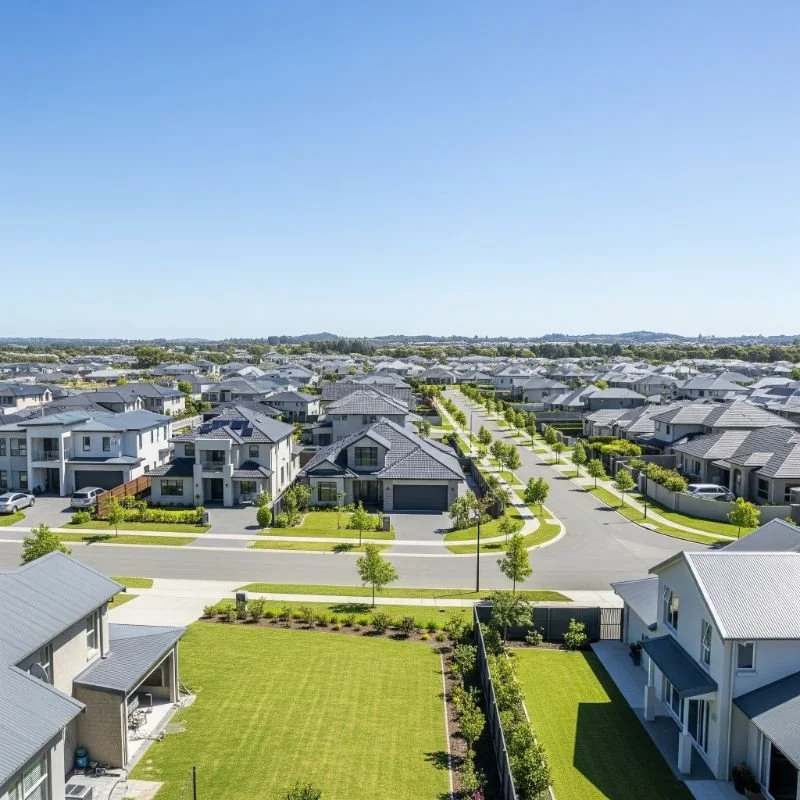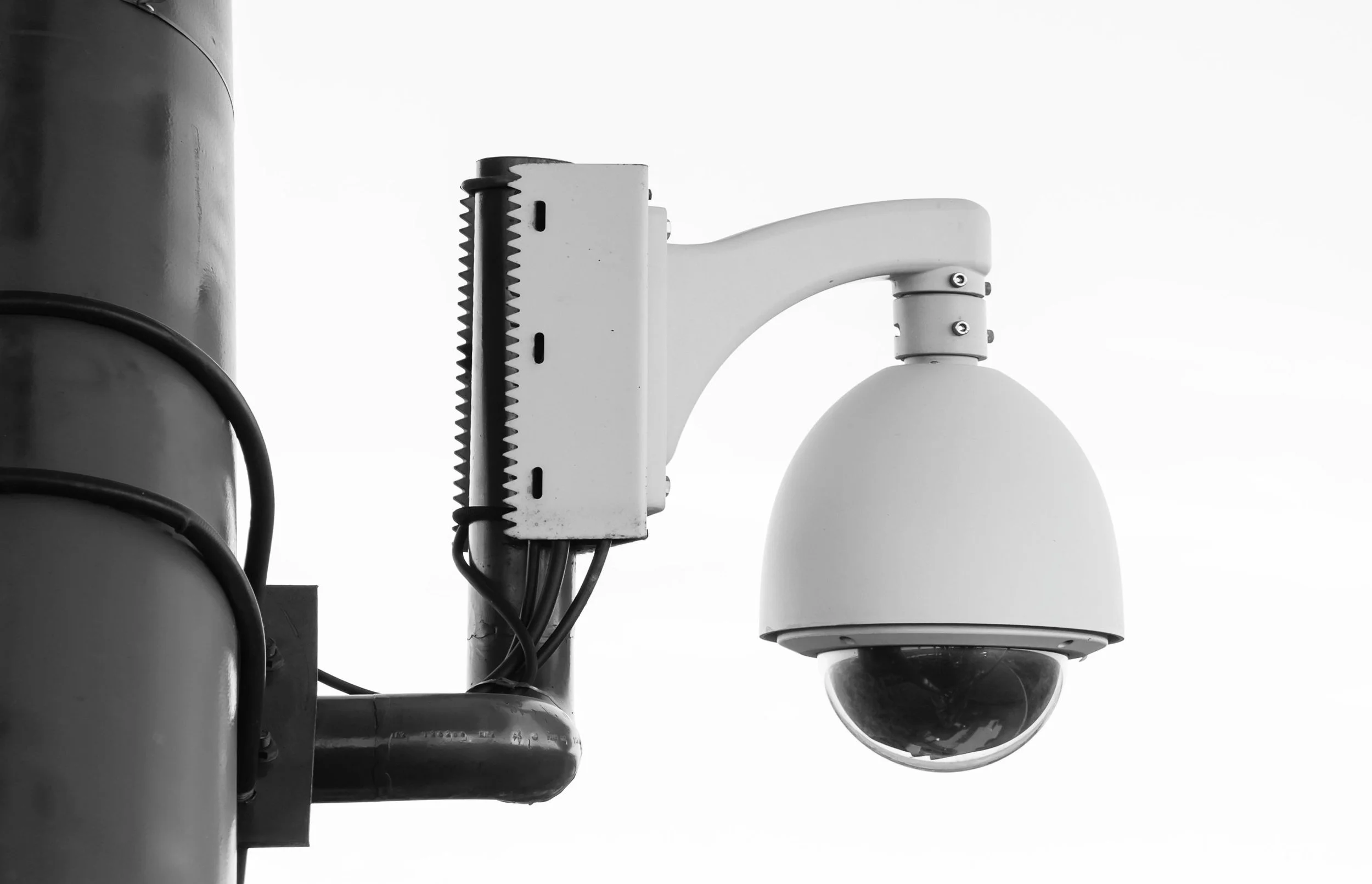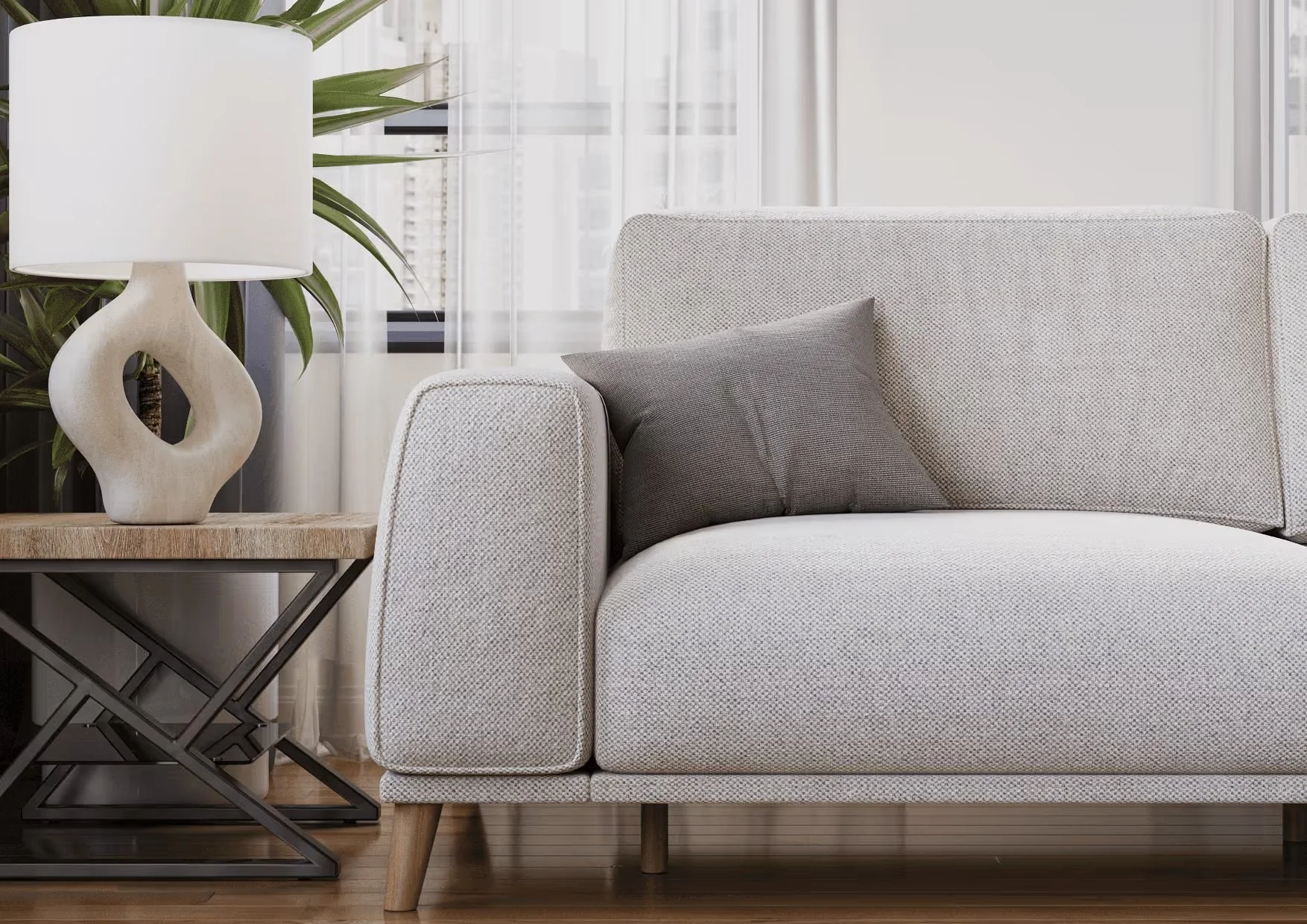The Ultimate DIY Guide to Home Security Camera Installation: Essential Tips and Tricks Revealed
Unlock your home's potential security with our comprehensive guide on DIY home security camera installation. Be the guardian of your own castle with these expert tips and tricks.
Strategically installed security cameras around a home.
Introduction:
Would you leave your front door open while you snooze? Definitely not, right? This is because you prioritize your home's safety. However, in today's digital age, a simple lock and key system isn't sufficient. Home security cameras are rapidly becoming a vital cog in our home safety apparatus. Yet, the question arises - how does one begin this transition?
Well, that's where we come in. We're here to guide you on the path to fortifying your home with a comprehensive, yet concise guide on installing security cameras. So, are you prepared to enhance your home's safety measures? Let's get started!
In This Article
1. Why Invest in Home Security Cameras?
1.1 Deterrence of Criminal Activity
1.2 Gathering Evidence
1.3 Remote Monitoring
2. Choosing the Right Home Security Cameras
2.1 Wired vs Wireless Cameras
2.2 Indoor vs Outdoor Cameras
2.3 Camera Resolution and Night Vision
2.4 Additional Features: Motion Detection, Two-way Audio, and more
3. Preparing for Installation
3.1 Evaluating Your Home
3.2 Drawing a Floorplan
3.3 Planning Camera Locations
4. Installation Steps
4.1 Installing Wired Cameras
4.2 Installing Wireless Cameras
5. Fine-tuning Your Security System
5.1 Adjusting Camera Angles
5.2 Setting up Mobile Alerts
5.3 Regular Maintenance Tips
Legal Considerations for Camera Installation
Are you set to plunge into the world of 'Do-It-Yourself' home security camera installation? We've all watched those thrilling crime dramas where a bunch of security cameras seems to unravel any enigma. Well, while we can't ensure you'll transform into a crime-busting protagonist, what we can assure is a significant boost to your home's safety. So, let's embark on this exciting journey of fortifying your home together.
1. Why Invest in Home Security Cameras?
Imagine home security cameras as your ever-watchful electronic sentinels, always on guard for your safety. These versatile tools can adapt to multiple roles based on what your unique requirements might be.
Benefits of home security cameras.
1.1 Deterrence of Criminal Activity
In the world we live in today, security cameras have moved from being a high-end luxury to a much-needed necessity. They stand as vigilant sentinels, your primary shield against possible intruders. Simply having these electronic eyes in place often serves as a powerful deterrent to most thieves. After all, who would willingly dance in front of the lens, risking a starring role in their own caught-in-the-act footage?
1.2 Gathering Evidence
In the unfortunate event of any unwanted occurrence, your security cameras serve as a treasure trove of vital evidence. Be it a daring break-in or a sneaky package pilferer, your cameras miss nothing. They act as your stand-in eyes when you're away from home or deep in slumber, unblinking and ceaselessly watchful.
1.3 Remote Monitoring
Ever caught yourself pondering about the happenings at your home during your absence? With a robust security camera system in place, you can keep tabs on your home from wherever you are. This ability to monitor remotely offers an unparalleled sense of calm and security, no matter the distance.
2. Choosing the Right Home Security Cameras
Just as you would carefully assess features when picking out a new smartphone, you must consider what capabilities matter to you in a security camera. This is a critical step in ensuring you make the right choice for your home's safety.
2.1 Wired vs Wireless Cameras
Think of wired cameras as trusty workhorses, delivering steadfast performance without the constant concern of battery longevity. The catch, however, is their installation process, which demands a bit more elbow grease and limits their mobility post-installation. In contrast, wireless cameras come with the liberty of easy repositioning. They offer a flexible positioning advantage but do call for routine battery replacements or recharges. Now the ball is in your court - which suits your needs better?
2.2 Indoor vs Outdoor Cameras
Indoor cameras work wonderfully when it comes to overseeing the happenings within your house. However, they're not quite the knights in shining armor when pitted against harsh weather conditions. That's where outdoor cameras step in - they're engineered to weather the storms (quite literally), vigilantly overseeing your property's outer regions. Depending on your specific needs and concerns, an ideal setup might be a balanced blend of both.
2.3 Camera Resolution and Night Vision
In the realm of security cameras, the devil is truly in the details. Cameras boasting higher resolution yield crisper images, a key factor when it comes to identifying unwelcome guests. Additionally, cameras equipped with night vision capabilities prove to be indispensable allies, ensuring unyielding surveillance during the dark, quiet hours of the night.
2.4 Additional Features: Motion Detection, Two-way Audio, and more
Contemporary security cameras come loaded with an impressive array of features. From motion detection that can alert you to unexpected movement, two-way audio enabling interactive communication, to AI-powered person recognition that can distinguish between known and unknown individuals - these cameras are truly smart. As you map out your security setup, consider which of these features align best with your specific needs.
3. Preparing for Installation
Before you roll up your sleeves and reach for your toolbox, there's some essential preparatory work that needs your attention. Let's set a firm foundation for this security upgrade!
Planning camera installation locations.
3.1 Evaluating Your Home
Much like a chess master scanning the board and strategizing moves, your initial task is to scrutinize your property and pinpoint potential security weak spots. Where are the possible ingress points? Which areas remain concealed from plain sight? These are the critical locations that necessitate the watchful eye of a security camera.
3.2 Drawing a Floorplan
Drawing a basic blueprint of your property can work wonders in helping you strategize the positioning of your cameras. Plot the spots where you envision the cameras to be installed, taking care to cover all vital areas. This visual guide will serve as a handy reference throughout your installation process.
3.3 Planning Camera Locations
Finding the perfect camera location is a delicate dance between achieving maximum coverage and maintaining aesthetic subtlety. While you wouldn't want the cameras to steal the spotlight in your decor ensemble, they must effectively oversee the areas that matter. So, choose your spots keeping in mind both utility and aesthetics.
4. Installation Steps
Now that the groundwork is laid, it's time to pull up your sleeves and embark on the hands-on journey of the actual installation process. Let's get down to business!
Steps for security camera installation.
4.1 Installing Wired Cameras
With wired cameras, you might need to do some drilling to accommodate the wires and the mount. It's crucial to ensure you're not puncturing any existing electrical lines. Once you've safely drilled the necessary holes, make sure the camera is securely fastened and sturdy.
4.2 Installing Wireless Cameras
Wireless cameras offer an easier route with installation, generally only requiring you to securely mount them. But do keep battery life in mind when deciding on the placement. Locations that are hard to access might become a challenging obstacle when the time comes for battery replacement or recharging. Plan wisely to make future maintenance less of a chore.
5. Fine-tuning Your Security System
Indeed, installation is merely the first step. Once your cameras are mounted and operational, it's time to refine and optimize. Let's delve into how we can tune these digital watchdogs for the best performance.
5.1 Adjusting Camera Angles
This stage is essentially a process of trial and error. Keep a watchful eye on the footage, making adjustments to the camera angles as required, to guarantee all crucial areas are well within the frame. This iterative process helps optimize your surveillance for maximum coverage.
5.2 Setting up Mobile Alerts
A host of modern cameras boast the handy feature of sending activity alerts straight to your smartphone. It's a good idea to set this up, ensuring you're always in the loop with real-time updates about your home's security, even when you're on the go.
5.3 Regular Maintenance Tips
For optimal functioning and clear footage, it's important to maintain your cameras well. Keep those lenses clean from dust and smudges, regularly check on battery levels or power connections, and ensure that the camera software is kept up-to-date with the latest versions. This routine maintenance will ensure your security system operates smoothly, providing reliable surveillance.
Legal Considerations for Camera Installation
It's critical to be mindful of the privacy laws in your region when setting up security cameras. While most regulations generally agree that video surveillance in public spaces - where an expectation of privacy is low - is permissible, it's always wise to verify local rules. After all, maintaining security should not come at the cost of breaching privacy standards.
Legal aspects of camera installation.
Conclusion
At this point, you should be armed with the know-how to install and optimize your own home security camera system. Keep in mind, the pillars of a robust home security system are well-thought-out planning, precise installation, and consistent maintenance. Your home is your fortress, and with this guide under your belt, you've essentially stepped into the shoes of its protector, shielding it from potential intruders. So here's to you, for taking a significant stride in boosting your home security game.
Frequently Asked Questions
Q: What's the best home security camera on the market?
A: The best home security camera can vary depending on your specific needs. Some people might need outdoor cameras with night vision, while others might need indoor cameras with two-way audio. Research and find the one that fits your requirements best.
Q: Is it legal to install security cameras that capture public spaces like the street or my neighbor's property?
A: This can vary by region, so it's best to consult local laws. Generally, capturing public spaces where there's no reasonable expectation of privacy is legal. However, pointing cameras specifically at someone else's property can infringe on their privacy rights.
Q: How often should I check and maintain my home security cameras?
A: Regular maintenance is crucial for ensuring your system is running smoothly. We recommend checking your cameras at least once a month. This includes cleaning the lenses, checking for software updates, and ensuring power sources are functioning correctly.
Q: Do security cameras really deter burglars?
A: Yes, the presence of security cameras can significantly deter burglars. A study found that homes with security systems are 300% less likely to be burglarized.
Q: Can I install a home security camera system myself or should I hire a professional?
A: While professional installation can ensure that the system is set up correctly, DIY installation is entirely possible, especially with the guide we've provided. It mostly comes down to your comfort with technology and willingness to learn.
Remember, it's not just about installing a security system; it's about creating a safer home for you and your loved ones. Good luck, and stay safe!


